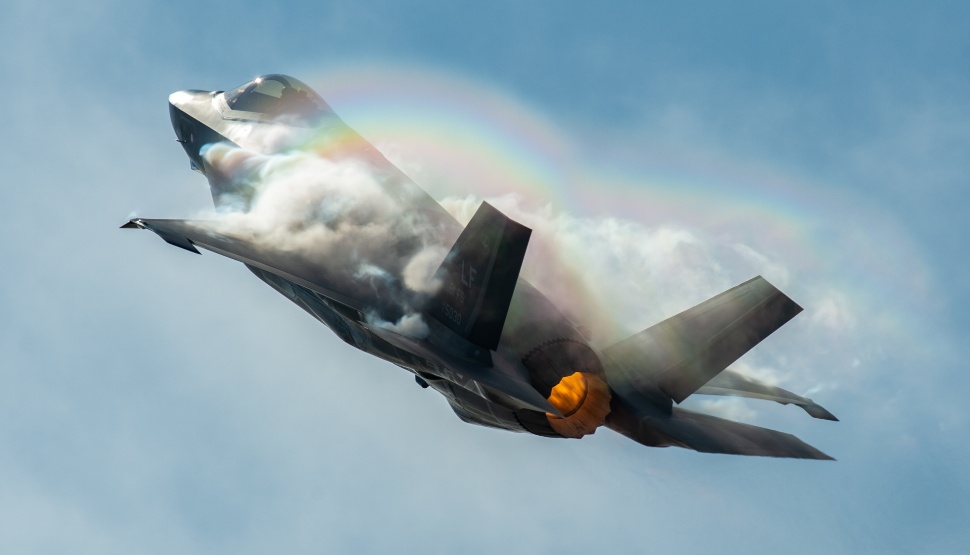Lockheed Martin won a $25 million contract to start engineering and manufacturing work on a new version of its GPS Spatial Temporal Anti-Jam Receiver (GSTAR) which will be installed in the F-35 Lightning II stealth fighter.
The installation of the new anti-jam GPS is part of the most recent F-35 modernisation phase, called Block 4, says Lockheed Martin in a media release on 29 October.
Lockheed Martin plans to replace the F-35’s old GPS receiver, the Antenna Electronics Unit (AEU), with the GSTAR system.

Lockheed Martin F-35A
US Air Force
The company promises that GSTAR will resist GPS jamming or spoofing, which are electronic warfare tactics which can disrupt an aircraft’s ability to navigate and launch precision missile or bomb strikes.
Part of what helps the system fight enemy interference is its ability to transmit multiple radio beams to a GPS satellite. It can also identify and ignore signals meant to interfere, Lockheed Martin says.
More than 2,500 GSTAR systems have already been installed on other aircraft, says the manufacturer. That includes a version installed in the USA’s leading stealth cruise missile, the Lockheed Martin-made Joint Air-to-Surface Standoff Missile (JASSM). JASSM is launched from an aircraft, such as the Rockwell B-1B or Boeing B-52, and must be able to resist electronic warfare interference as it flies and strikes deep into an adversary’s territory.



















